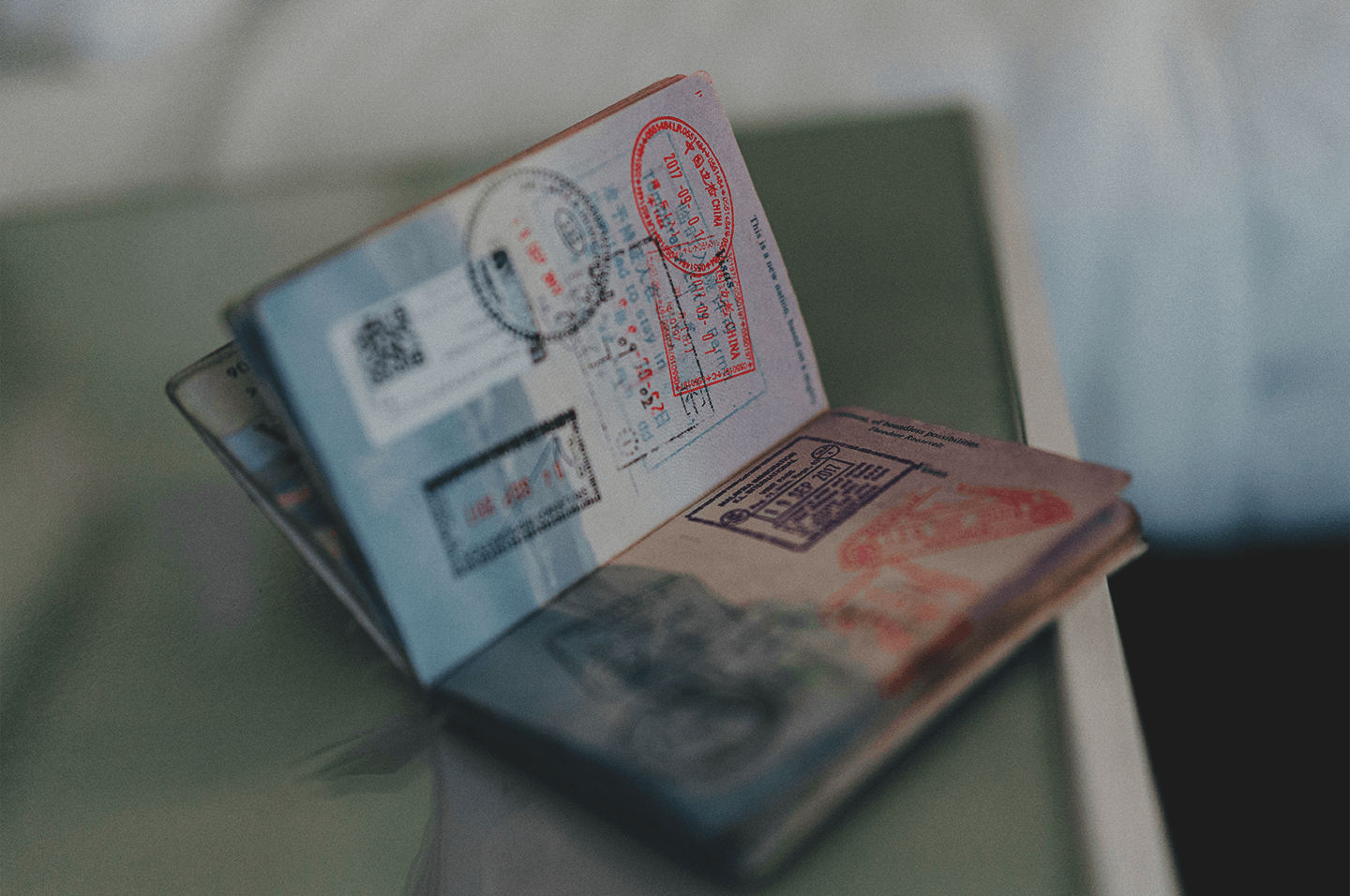
Going Global
The US market really is a gateway to the rest of the world. Not only is the US a centre of trade and commerce, but a centre of capital. The most promising companies from across the continents head to Wall St to finance their latest expansions and projects.
You’ll be aware that names like Alibaba and Nio have listings on Stake despite being Chinese stocks. The same goes for companies like AstraZeneca (British-Swedish) or Nokia (Finnish). How? American Depository Receipts (ADRs).
ADRs trade just like any stock, represent the same as any stock and pay dividends like any stock but they’re bank-backed certificates instead. Typically, a big bank will buy the shares in their local market. They will then deposit. Take Westpac, the Australian bank for example. The bank issuing the ADR buys a load of $WBC on the ASX and holds those shares in an American bank account. If $WBC issues dividends in AUD, they are immediately converted to USD and paid out to holders. Issuers typically charge US$0.01-0.03 per share but this is embedded in the cost.
It’s more than just having access to foreign shares in the one brokerage account. The US banks require foreign stocks to comply with local reporting requirements. This increases the information available to investors; more informed decisions can be made.
How big is the ADR market? A portion of your portfolio is probably dedicated to them and you don’t realise. Some of the most popular on Stake include Nio (NIO), Taiwan Semiconductor Manufacturing (TSM) and Jumia (JMIA) but there are hundreds more like Didi (DIDI), Unilever (UL) and Oatly (OTLY).
Sign up to Stake